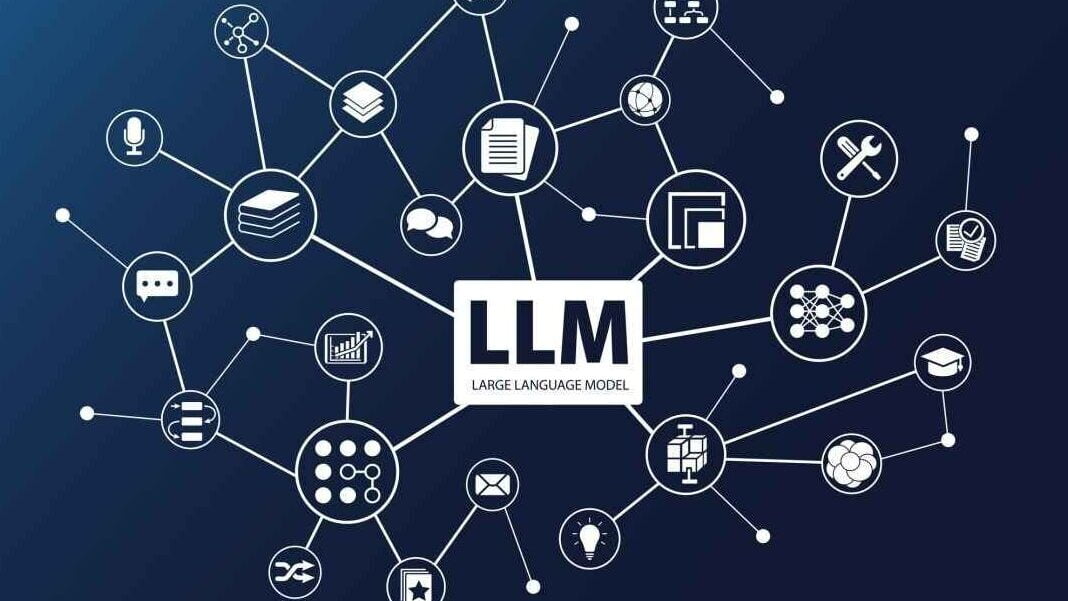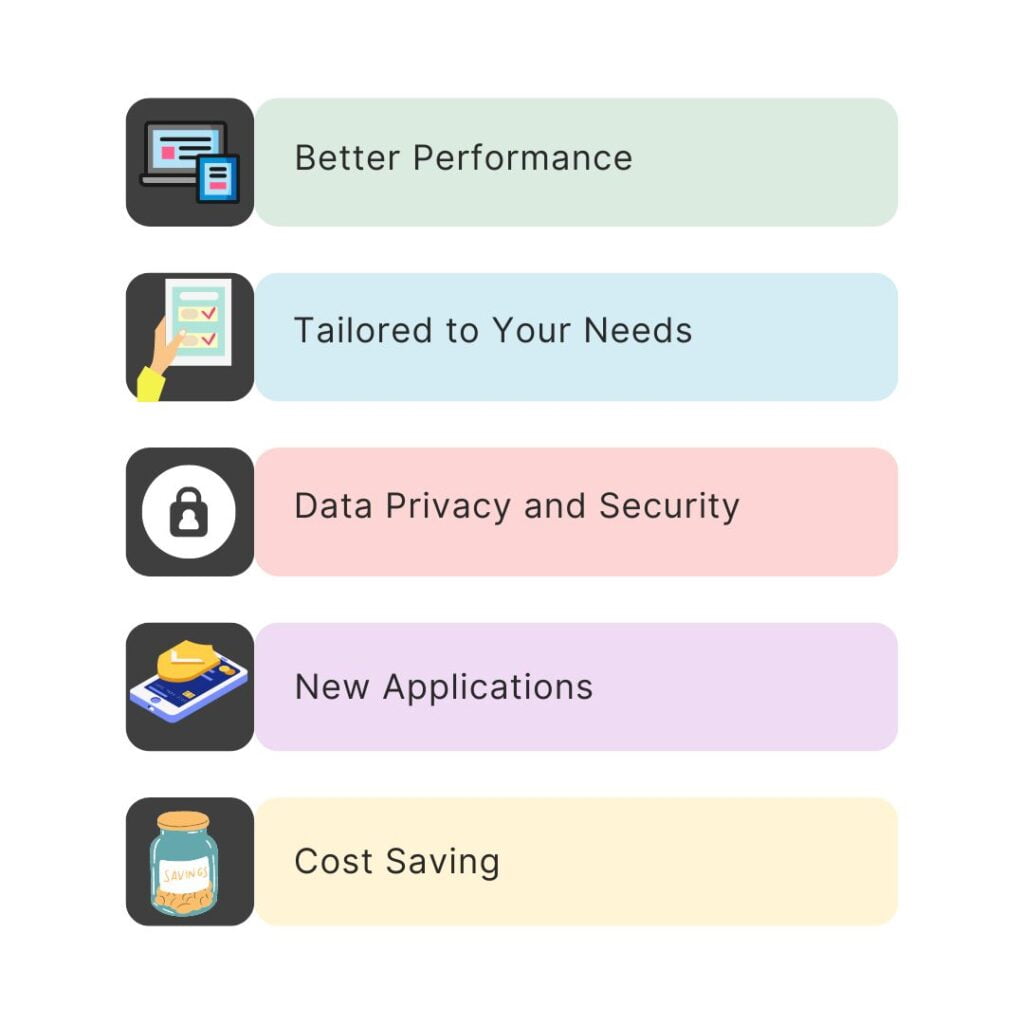Have you ever wanted to train a language model on your own data? Large Language Models (LLMs) are powerful tools that can understand and generate human-like text. However, their performance can be even better if you train them on data specific to your needs.
In this step-by-step guide, we’ll show you how to train LLM on your own data. By the end, you’ll be able to create a custom language model tailored to your unique requirements.
What is LLM?

LLM stands for Large Language Model. It’s a type of artificial intelligence model that can understand, process, and generate human-like text. These models are “large” because they are trained on massive amounts of data, often billions of words or more.
LLMs are incredibly powerful and versatile. They can be used for all kinds of language-related tasks, like:
- Text generation (writing articles, stories, code, etc.)
- Question answering
- Language Translation
- Text summarization
- Sentiment analysis
- And much more!
Some well-known examples of LLMs include GPT-3 by OpenAI, LaMDA by Google, and PaLM 2 by Google. These models can engage in human-like conversations, answer follow-up questions, and even show some reasoning abilities.
Why Train Your Own LLM?

Training an LLM on your own data offers several key benefits and unlocks a wide range of potential use cases. Here are some compelling reasons to create a custom language model:
Better Performance
Pre-trained LLMs are great, but they are generalized models trained on broad data.
By fine-tuning your specific data, the model can better understand the language, terminology, and context relevant to your domain.
This leads to improved accuracy and more reliable results.
Tailored to Your Needs
With a custom model, you can specialize it for your unique requirements or applications.
Whether it’s legal documentation, scientific literature, customer support logs, or something else entirely, your LLM will be optimized for your use case.
Data Privacy and Security
When using third-party language models, you may have concerns about data privacy or regulations around sensitive information.
Training your own model allows you to keep full control over your data.
New Applications
Custom LLMs enable innovative applications across industries like healthcare, finance, research, and more.
You could build diagnosis assistance tools, financial report generators, academic paper writers, and beyond.
Cost Savings
While training is computationally expensive upfront, once deployed, a custom LLM can automate countless tasks, saving time and resources over manual human labor in the long run.
Whether improving existing language services or enabling completely new solutions, taking the step to train your own Large Language Model can open up a world of possibilities tailored to your organization’s needs.
Steps On How To Train LLM On Your Own Data
Here is the step-by-step guide on how to train LLM on your own data:
Step 1: Prepare Your Data
The first step is to get your data ready. LLMs can learn from different types of data like text, images, audio, and more. For this guide, we’ll focus on text data.
Your data should be clean and well-formatted. This means removing any unnecessary characters, fixing typos, and ensuring consistency. For example, you may want to convert all text to lowercase or remove special symbols.
Data preprocessing is an important step that helps the model learn better. This involves techniques like tokenization (splitting text into smaller units), padding (making all sequences the same length), and batching (grouping data into smaller chunks).
Step 2: Choose a Model Architecture
There are several popular LLM architectures like GPT, BERT, and T5. Each one is good for different tasks and data types.
GPT models are great for text-generation tasks like writing articles or stories. BERT models excel at understanding text and are useful for tasks like question answering or sentiment analysis. T5 models can handle both text understanding and generation.
When choosing an architecture, consider the size of your data, the task you want to perform, and the computational resources you have available.
Step 3: Set Up Your Environment
To train an LLM, you’ll need a machine with enough computing power. This usually means having a GPU (graphics processing unit) or access to cloud resources like Google Colab or Amazon Web Services (AWS).
You’ll also need to install software like Python and deep learning libraries like TensorFlow or PyTorch. Don’t worry, we’ll provide simple instructions to help you set up your environment.
Step 4: Preprocess Your Data
Now it’s time to preprocess your data using the techniques we discussed earlier. This step is crucial as it helps the model understand your data better.
Tokenization involves breaking down text into smaller units called tokens. The padding ensures that all sequences in your data have the same length. Batching group data into smaller chunks makes training faster and more efficient.
Step 5: Train Your Model
With your data preprocessed and your environment set up, you’re ready to start training your LLM!
First, you’ll need to load your data and create datasets that the model can understand. Then, you’ll configure the training parameters like batch size, learning rate, and number of epochs.
The actual training process involves feeding your data into the model and updating its weights and biases to minimize the loss function.
This may take several hours or days, depending on the size of your data and the computational resources available.
Step 6: Evaluate and Fine-tune
After training, you’ll need to evaluate how well your model performs on unseen data. There are several metrics you can use, such as perplexity, BLEU score, or accuracy, depending on your task.
If the performance isn’t satisfactory, you can fine-tune your model by continuing to train it on more data or adjusting the training parameters.
Step 7: Deploy Your Model
Once you’re happy with your model’s performance, you can save it and integrate it into your application or workflow.
Most deep learning libraries provide functions to save and load trained models. You can then use your custom LLM for tasks like text generation, question answering, or sentiment analysis.
Conclusion
In this guide, we covered the steps to train an LLM on your own data. We kept things simple and easy to understand, using basic English without any complicated words.
By following these steps, you can create a custom language model tailored to your unique needs. This can lead to better performance and more accurate results compared to using a generic, pre-trained model.
Remember, training LLMs can be a complex process, but with patience and practice, you’ll be able to master it. Keep learning and exploring, and you’ll be able to unlock the full potential of these powerful language models.


4 thoughts on “Step By Step Guide on How To Train LLM On Your Own Data”